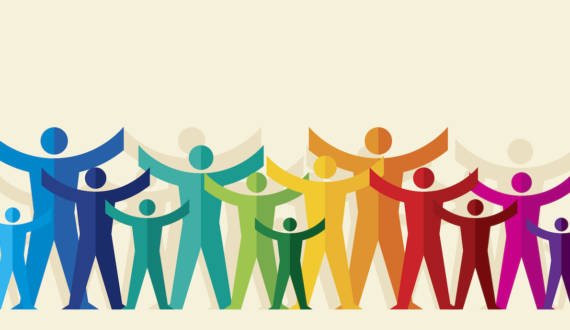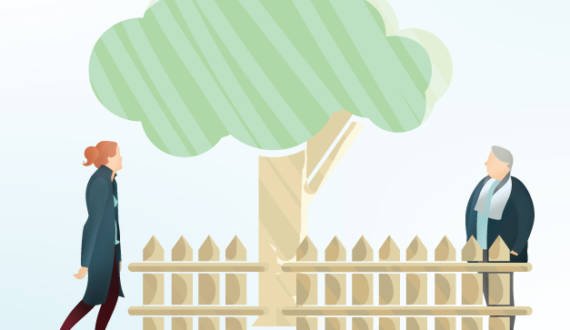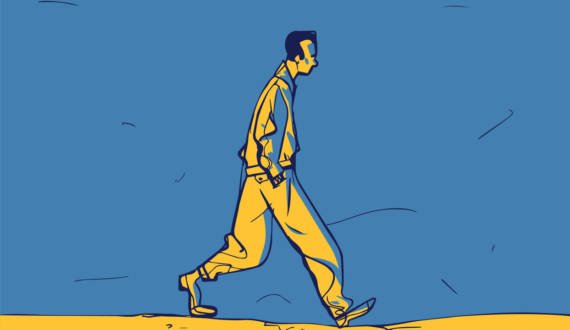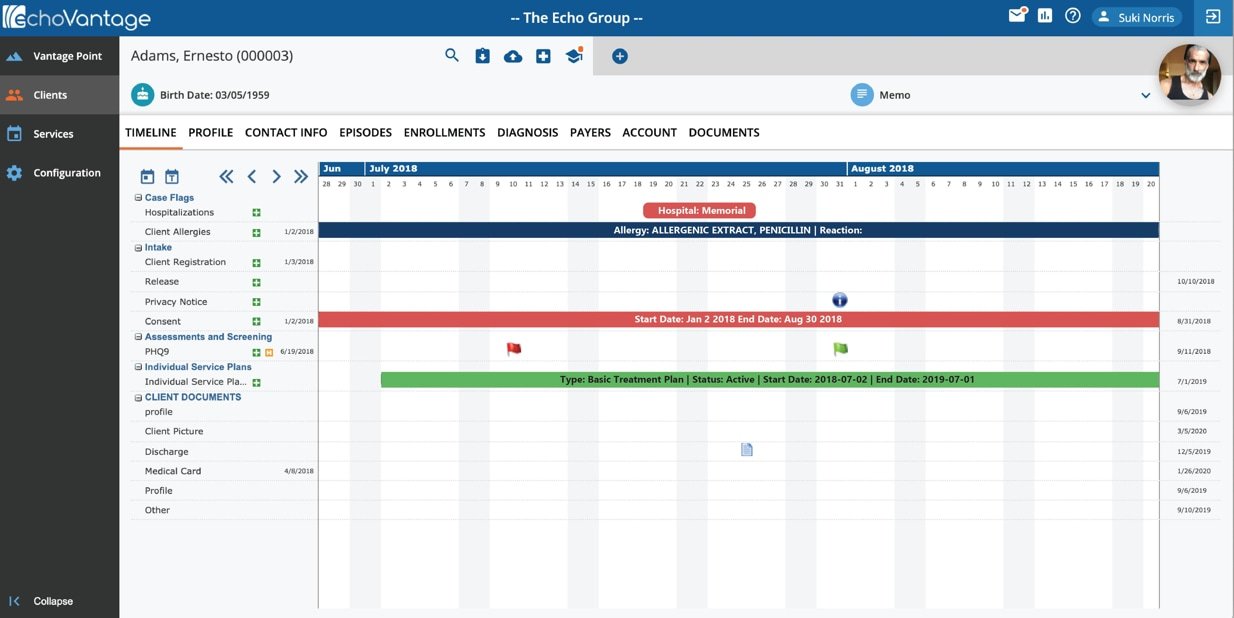Poverty – Can We Do Better?
Income Stability is the second prong of the Social Determinants of Health (SDOH). The first element of Income Stability is poverty. The relationship of poverty to SDOH may seem quite obvious. Without money, you cannot pay for healthcare, and without healthcare, it is pretty hard to maintain your health. But I submit that the relationship is more complex because of its depth and pervasiveness.
The standard definition is “the state of being poor.” Another definition may provide more insight into the issues related to poverty, “Living without or struggling to pay for basic essentials required to live, ie; food, clothes, water, housing or health care.” Cesar Chavez said, “History will judge societies and governments and their institutions not by how big they are or how well they serve the rich and powerful but how effectively they respond to the needs of the poor and the helpless.”
Introduction
Poverty is a critical component of SDOH. We will cover food insecurity, housing insecurity, and other elements in future articles, but the one constant theme is the absence of the ability to pay for services. SDOH refers to the condition that impacts health and well-being; poverty has the most significant effect on this impact, even if the impact is negative. The challenge in addressing poverty lies in the fact that few public health agencies can multi-task. An example, public health agencies address mental health but do not address poverty, while poverty leads to untreated mental health issues.
The Statistics
The statistics tell the story of poverty in the United States. In 2020 the official poverty rate was 11.4%. The 2020 rate reflects the first increase in poverty after five years of decline. 11.4% represents 37.2 million people in poverty in 2020. The poverty rate for blacks in 2020 was 19.5%, or 8.5 million individuals. Another way to look at the poverty rate is by age. Approximately 11.6 million individuals under the age of 18 lived in poverty in 2020. Finally, children in unrelated families, such as foster care, living in poverty had a 38.2% rate in 2020. Each of these statistics explains the number of persons living in poverty today, and remember, as Cesar Chavez said, we are judged by how well we address the needs of the 37.2 million persons. But, the challenge remains how to address the healthcare and related needs of the 37.2 million persons.
Economics
Max Hartwell once said that economics is the study of poverty. Well, many years ago, I studied economics, and we never discussed poverty. A study of one (my economics degree) is not dispositive but does raise the question, who studies poverty. Many economists discuss how to measure the economics of poverty, but it still seems to miss the point. I think the point must focus on the 37.2 million people living in poverty. How do the country’s poor understand poverty? Perhaps the understanding is driven by the higher cost of goods than the cost of the same goods in other non-impoverished neighborhoods. Maybe it is choosing between diapers for your infant, food, and medicine; that is the economics of poverty. Maybe it is the “ghetto tax,” the opportunity for poor people to pay more for everything from food to furniture. While some of the expenses were real, some were due to consumer naivety and predatory business practices. In short, current policy in most locations has a mechanism to keep the poor poor.
Death and Poverty
Simply put, 133,000 deaths in 2020 were due to individual poverty. The individuals did not die of poverty but died as a result of poverty. Poverty, just like smoking, may lead to heart disease and death. What is unique to poverty? The stress of poverty and the bad habits picked up to lessen the anxiety impact health. In addition, poverty results in less access to health screening and health care. The result is that between stress, and no healthcare, poverty is a serious cause of death. We don’t ignore heart disease or cancer, but we ignore this major cause of death, a cause of death equal to cancer or stroke. Perhaps this is best summed up by Eli Khamarov, who said, “Poverty is like punishment for a crime you did not commit.”
Healthcare Impact
We generally accept that poverty creates a biosocial and psychosocial concept of health and disease unique to the poor and those suffering from inequity. Much as we discussed in the previous paragraph, people in poverty have higher heart disease, stroke, bronchitis, diabetes, ulcers, kidney disease, liver disease, arthritis, hearing, and vision problems. These health effects may relate to income inequality as well as poverty. Poverty reduces the likelihood of an individual following healthcare directions or even seeking healthcare advice.
The poverty levels are more significant with women than men, further affecting women’s health, making women more likely to have the diseases listed above. Children living in poverty also have a greater risk for adverse health outcomes such as asthma and are unlikely to receive preventative care. Whether man, woman, or child, living in poverty is unhealthy and may cause early death.
To address the below-average health outcomes for people living in poverty, we need innovative programs to raise people out of poverty. We have to remove the obstacles and create pathways to health to improve healthcare; health equity demands it. Health equity means that everyone has the right to be healthy. We have to remove the obstacles of poverty and replace them with pathways to access quality healthcare for all, including the poor.
The Doctor’s Visit
For those living in poverty that do see a doctor, the challenge may just be beginning. Most doctors are used to dealing with middle-class patients, and the patient in poverty may present challenges. Rather than seeing the doctor regularly, they see the doctor only when it is a problem. The poor may not call ahead of time to confirm the application or today; they may not have a phone to check in electronically.
Once checked in, they may not have the middle-class patient’s trust; the poverty patient may expect the doctor to prove herself. There may be a language difference between the less educated patient and the well-educated doctor. The conversation may take longer than the doctor has and may require a level of communication not understood by the doctor. Even if the appointment goes well, the poor patient’s ability to get further care or pick up a prescription may result in a choice between food and medicine, while the middle-class patient can afford both. In short, even people who seek care may not have the means to take advantage of care.
Poverty and the Community
In a previous article, we discussed Civic Participation. Civic participation focuses on the community, and the community has an important place when looking at poverty and health. In general low-income communities are isolated; poverty traps individuals in the unhealthy lifestyles discussed above with few ways out. Research indicates that county-level health is directly related to county-level income. Meaning that the poor receive little care, and the better-funded communities also receive better care. While this is true today, as we look forward, we should look to Nelson Mandela, who said, “Overcoming poverty is not a gesture of charity. It is the protection of a fundamental human right, the right to dignity and a decent life.”
Poverty and Hope
Hope is the method by which we find solutions, even if only small victories. Even a slight decrease in disease burden will provide those living in poverty with significant gains in health and longevity. Whether the solution is community-based or political, the reality is that rising inequality in income and assets is creating a greater sense of poverty. We must make it a priority to lessen the inequity. To address the variety of challenges faced by those living in poverty, including healthcare, we need an expansive policy approach that considers all factors that can lessen this problem until poverty is no longer a cause of death in the US.
Final Thoughts
We have to make it a priority to remove poverty and its impact on healthcare and possible death. It does not require medicine or vaccine; it requires social policy at the local, state, and national levels to even the playing field. We all deserve the basic human right that requires us to overcome and end poverty.



